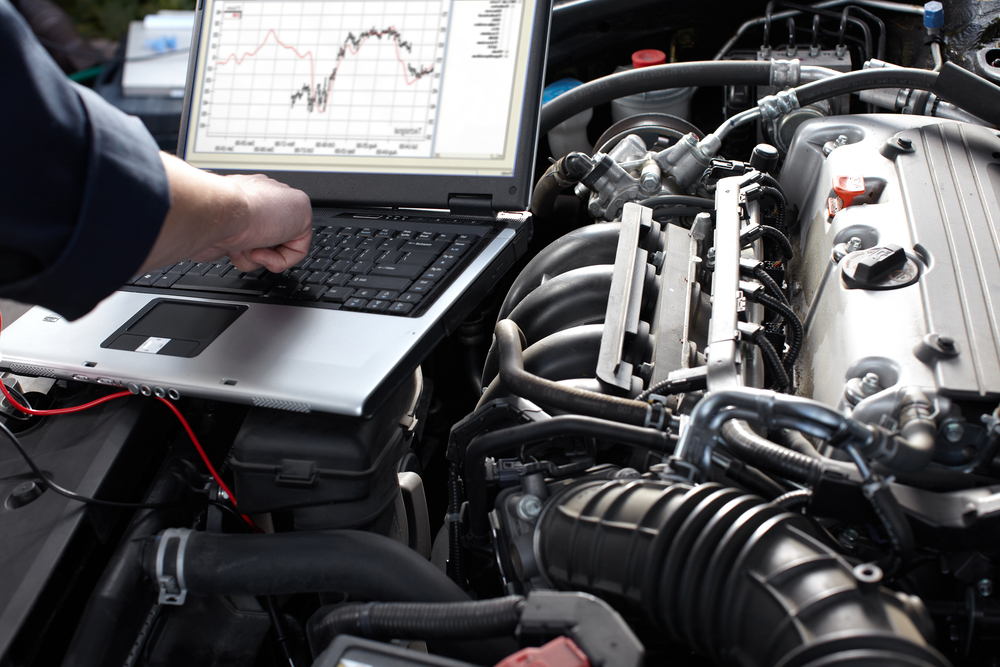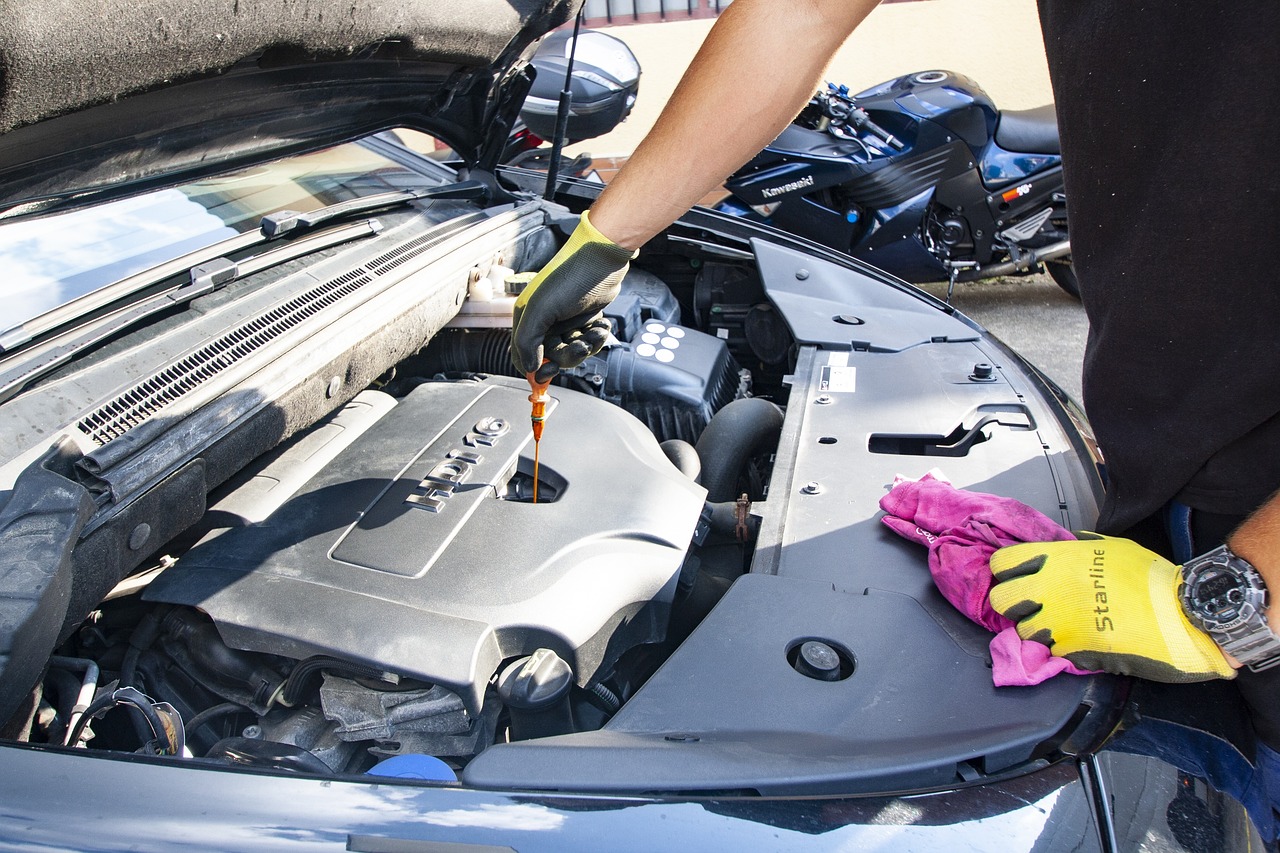Tire maintenance may seem like a mundane aspect of car ownership, yet its significance in ensuring vehicle safety and driver and passenger well-being is unparalleled. This article underscores the importance of tire maintenance, highlighting key tasks for enhancing safety, the effects of neglected tire care, and how to recognize when it’s time for tire replacement.
Key Tire Maintenance Tasks for Enhanced Safety
Checking Tire Pressure
Maintaining the recommended tire pressure levels is crucial for vehicle safety. Underinflated tires can overheat, leading to a blowout, while overinflated tires can reduce traction and increase the likelihood of hydroplaning. Regularly checking tire pressure and adjusting it to the manufacturer’s specifications can significantly enhance driving safety.
Tire Rotation
Tire rotation is another essential maintenance task. It promotes even tire wear, thereby extending tire life and improving vehicle handling. Regular tire rotation can also prevent dangerous wear patterns that can compromise tire integrity and vehicle safety.
Inspecting Tires for Wear and Damage
Regularly inspecting your tires for signs of wear and damage can help you identify and address potential issues before they compromise safety. This includes looking for dangerous wear patterns, cuts, punctures, or bulges that could indicate a problem with the tire.
The Effects of Neglected Tire Maintenance on Vehicle Safety
Reduced Traction and Grip
Worn tires with reduced tread depth can significantly decrease traction and grip, leading to dangerous driving conditions, especially in wet or icy weather. These tires are more likely to hydroplane or skid, making it harder for the driver to control the vehicle.
Increased Risk of Tire Blowouts
Neglecting tire maintenance can also increase the risk of sudden tire failure or blowouts, which can be extremely dangerous, especially when driving at high speeds. Regularly checking tire pressure and inspecting tires for signs of wear or damage can help prevent such incidents.
Compromised Handling and Braking
The condition of your tires directly affects your vehicle’s handling and braking capabilities. Worn or improperly inflated tires can make it harder to steer, reduce braking efficiency, and increase stopping distances. Regular tire maintenance is, therefore, crucial in maintaining responsive brakes and overall vehicle control.
Recognizing When It’s Time to Replace Tires
Measuring Tread Depth
Measuring tread depth is a simple yet effective way to assess whether it’s time to replace your tires. The minimum tread depth for safe driving is often said to be 2/32 of an inch, but many safety experts recommend replacing your tires before they reach this point. Tools like a tread depth gauge or the “penny test” can help you measure your tires’ tread depth.
Assessing Overall Tire Condition
In addition to tread depth, the overall condition of your tires can indicate whether it’s time for replacements. Signs of aging, such as cracks or bulges in the sidewall, or damage that can’t be repaired safely, mean that it’s time to get new tires to ensure optimal safety.
In conclusion, tire maintenance is not a task to be overlooked or postponed. It is a fundamental aspect of vehicle safety and can significantly reduce the risk of accidents. As a driver, prioritizing regular tire care—checking tire pressure, rotating tires, inspecting for wear and damage, and recognizing when it’s time for replacements—can ensure a safer and smoother driving experience. Remember, the condition of your tires is directly tied to your vehicle’s performance and your safety on the road.




